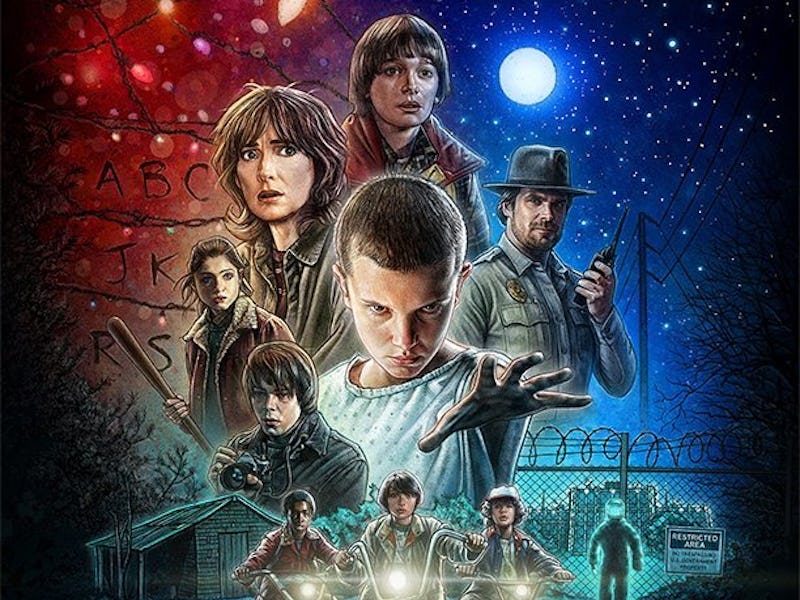One of the fundamental elements of Netflix’s new ‘80s throwback hit Stranger Things is the world that exists beyond our own — the Upside Down, as the kids call it. Popular Science asked Columbia University theoretical physicist Brian Greene whether Stranger Things got the science of the alternate dimension right. His short answer? Kind of.
Greene confirmed that the science teacher’s explanation for accessing an alternate dimension is sound (that’s the flea on a tightrope analogy), and so is the stipulation that accessing another dimension would require massive amounts of energy. But the way the show approaches the idea of parallel universes and alternate dimensions is a bit dicey. The terms are used somewhat interchangeably, even though they’re different things.
Greene explains that alternate dimensions apply to the idea that there are dimensions beyond the ones we perceive and understand (that’s three dimensions of space and another dimension for time). Parallel universes, in contrast, relate to multiverse theory, or the idea that there are universes that exist beyond our own. Greene goes on to point out that while these ideas aren’t the same, they’re not mutually exclusive either.
In the interview, Greene was also asked about Branes Universe Theory — the idea that universes can exist within close proximity to one another (that is, directly adjacent to) and may even intersect and overlap.
“In fact, some of the most refined versions of these ideas imagine that there are branes of yet more dimensions, not three, but higher dimensional branes that overlap in a three dimensional subspace,” Greene explained, “and that overlap region might in fact be what we experience as reality.”
Okay, that’s a lot. But perhaps a simpler breakdown comes from Nerdist’s Kyle Hill, who points out that what we’re seeing in Stranger Things most likely isn’t a parallel universe or alternate dimension at all but an alternate reality that’s entangled with our own (which explains its effect on our own reality and Eleven’s ability to access it).
So ultimately, Stranger Things got it sort of right and sort of wrong, but managed to tie in some very real theories and concepts into science fiction. And that’s always pretty damn cool.
